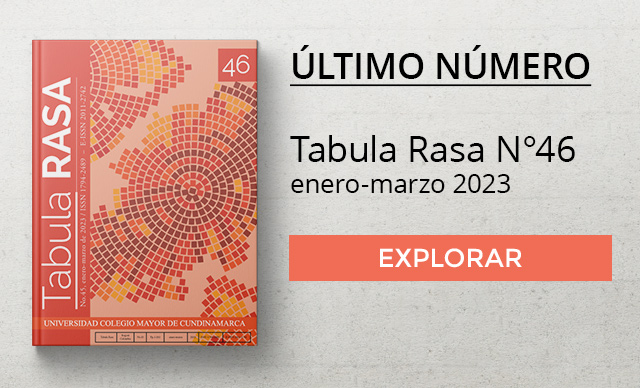Karl Offen
koffen@ou.edu
University of Oklahoma, USA
Abstract:
The passage of ILO Convention 169 in 1989 initiated a set of broad political changes in the relationship between indigenous ―and, to a lesser extent, black peoples― and their traditional lands in the lowland tropics of Latin America. Of the 19 countries to have ratified ILO 169 in the last 20 years, 13 have been in Latin America. Among other things, the convention establishes a legal basis for cultural rights, self-determination and the recognition of traditional lands. Besides becoming part of national law once ratified, it has become integrated into many constitutional reforms that have swept the region since 1990. One outcome of these developments has been the mapping of traditional indigenous and black land claims in what were for the most part “national lands”. Historically, maps have served as tools of empire to dispossess indigenous and rural black peoples from their lands, but now with the help of international NGOs these people are mapping back: they have learned they must map or be mapped. The ubiquitous and international-partnered mapping projects one finds throughout Latin America today, however, have altered the way people express their relationship to the land and one another, and redefined the way identity, territory, and political practices come together. Maps have always been tools of power, but now the social and political processes that enact the production of “counter-maps” are affecting the relationship between territory and identity among many indigenous and black peoples in the lowland tropics of Latin America. This paper provides an overview of these recent developments and suggests that the long-term consequences of spatializing identity politics has not been sufficiently examined.
Keywords: indigenous mapping, counter mapping, ILO 169, NGOs.







